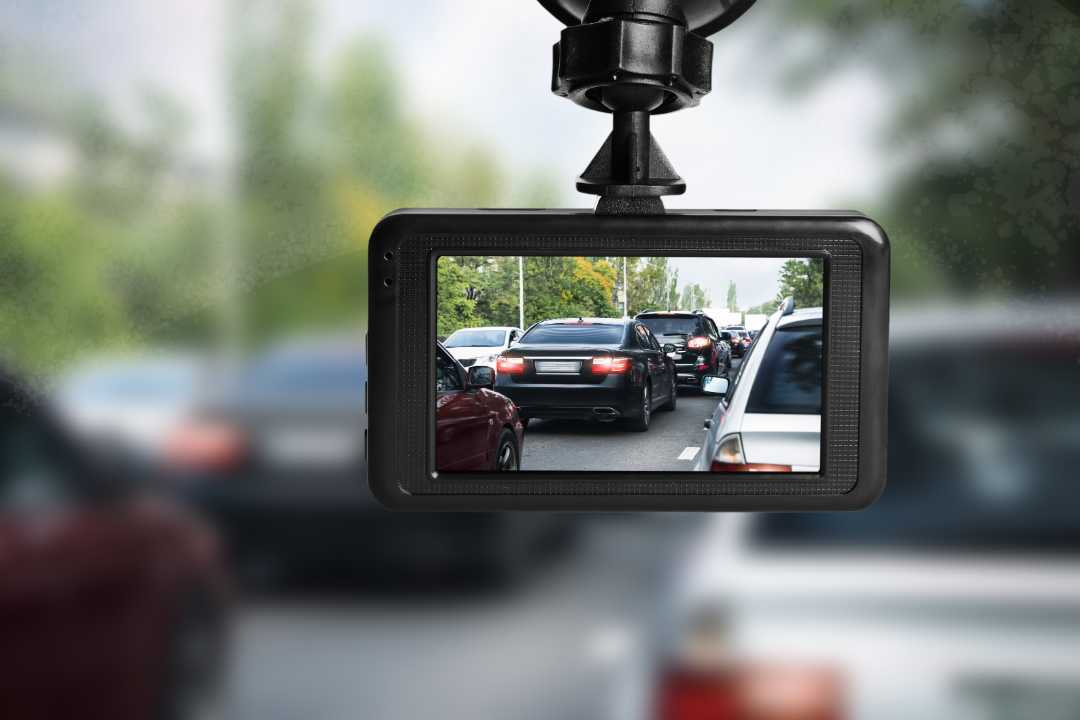Dash cams, or dashboard cameras, have become increasingly popular tools for drivers seeking added security and documentation of their driving experiences. These cameras provide valuable footage that can be used as evidence in insurance claims, traffic disputes, or to capture unexpected moments on the road. However, before installing a dash cam in Arizona, it’s essential to understand the state’s regulations to ensure legal compliance and avoid potential fines.
Are Dash Cams Legal in Arizona?
Yes, dash cams are legal for civilian use in Arizona. There are no laws specifically prohibiting their use by the general public. This means you are free to install and use a dash cam in your personal vehicle.
Arizona’s Windshield Obstruction Laws
The primary regulation surrounding dash cams in Arizona falls within the state’s windshield obstruction laws. Arizona Revised Statute 28-959.01 addresses the visibility requirements for windshields and other windows in motor vehicles. To ensure a clear view, the law limits how much of the windshield can be obstructed by devices or materials.
Placement and Size Restrictions for Dash Cams
To comply with Arizona’s windshield obstruction laws, dash cams must be placed in specific areas and adhere to size limits:
- Driver’s Side Placement: A dash cam mounted on the driver’s side of the windshield must be placed in the lower corner and cannot occupy more than a 5-inch square area.
- Passenger’s Side Placement: If mounted on the passenger side, a dash cam must also be placed in the lower corner and cannot exceed a 7-inch square area.
Important Considerations:
- These restrictions apply to any device mounted on the windshield, not just dash cams. GPS units, toll transponders, etc., must also comply.
- It’s advisable to mount your dash cam as low as possible in the designated corner to minimize obstruction of your view.
Audio Recording Considerations
While Arizona generally allows for audio recordings, it’s important to be aware that the state is a “two-party consent” state. This means that if your dash cam records audio, you must inform any other individuals in your vehicle that they are being recorded, and obtain their consent. Failure to do so could have legal implications.
Using Dash Cam Footage as Evidence
Dash cam footage can be incredibly valuable in a variety of situations:
- Insurance Claims: Footage can help establish fault in accidents, aiding with insurance claims and disputes.
- Traffic Disputes: Video evidence can support your version of events if you receive a traffic citation.
- Legal Proceedings: Dash cam footage may be admissible as evidence in court cases.
To maximize the potential of your dash cam footage as evidence, consider these factors:
- Camera Quality: Higher-resolution cameras will provide clearer, more detailed footage.
- Date and Time Stamp: Ensure your camera records date and time stamps for accurate documentation.
- Secure Storage: Protect your footage by promptly saving and backing it up to secure locations.
Additional Tips for Dash Cam Use in Arizona
- Choose a Reputable Brand: Select a dash cam from a reliable manufacturer for reliable performance.
- Proper Installation: Follow the manufacturer’s instructions for proper installation or consider professional help.
- Regular Maintenance: Check the mount and power connection to ensure your dash cam remains secure and operational.
- Respecting Privacy: Be mindful of situations where it may be appropriate to turn off audio recording or disable the camera entirely to respect the privacy of others.
Sources
- Arizona Revised Statute 28-959.01: https://www.azleg.gov/ars/28/00959-01.htm
- Arizona Personal Injury Attorneys: https://arizonapersonalinjuryattorneys.net/arizona-dash-cam-laws/
- Matrack Insight: Dash Cam Laws by States: https://matrackinc.com/dash-cam-laws-by-states/
Addressing Common Questions about Dash Cam Use in Arizona
Can I mount my dash cam on the dashboard instead?
Yes, you can mount your dash cam on the dashboard of your vehicle as an alternative to windshield mounting. This could be a good option if you wish to avoid the size and placement restrictions imposed by the windshield obstruction laws. However, make sure the dash mount is secure and doesn’t impede your view as a driver.
Is it legal for commercial vehicles to use dash cams in Arizona?
Yes, dash cams are also legal for commercial vehicles in Arizona. However, additional regulations may apply depending on the company’s policies and whether the dash cam faces inwards (recording the driver) or outwards. Employers must adhere to privacy laws and inform employees about any in-vehicle monitoring.
What are the risks of using a dash cam in Arizona?
While dash cams offer several benefits, there are also some potential risks to consider:
- Theft: A visible dash cam could make your vehicle a target for theft, especially if it’s a high-value model. Consider removing the dash cam or mounting it discreetly if parking in an unsafe area.
- Privacy Concerns: If your dash cam captures footage of bystanders or other drivers, be mindful of their privacy. Blurring license plates or faces may be necessary in certain situations.
- Potential for Distraction: Avoid interacting with your dash cam while driving. Adjust settings while stationary for your safety and the safety of others.
Can dash cam footage be used against me?
While a dash cam’s primary purpose is to protect you, there is a possibility that the footage could be used against you. For example, if the footage shows you committing a traffic violation, it could lead to a citation or increased insurance rates. Remember to drive responsibly, as the dash cam is recording your actions as well as those of other drivers.
Special Considerations: Arizona’s Extreme Heat
Arizona is known for its hot desert climate, and high temperatures can affect car electronics. When choosing a dash cam for use in Arizona, consider these factors:
- Heat Tolerance: Look for dash cams specifically designed for hot climates. These models will have higher heat-resistant components.
- Battery Type: Capacitor-based dash cams tend to handle extreme temperatures better than standard lithium-ion battery models.
- Sunshade Use: Park your car in the shade whenever possible and use a sunshade to help reduce internal car temperatures.
Conclusion
Dash cams offer drivers in Arizona a valuable layer of security and documentation on the road. By understanding the state’s windshield obstruction laws, audio recording considerations, and tips for responsible use, you can leverage this technology safely and in compliance with regulations. Enjoy the added peace of mind that comes with having a dash cam as your constant copilot.



